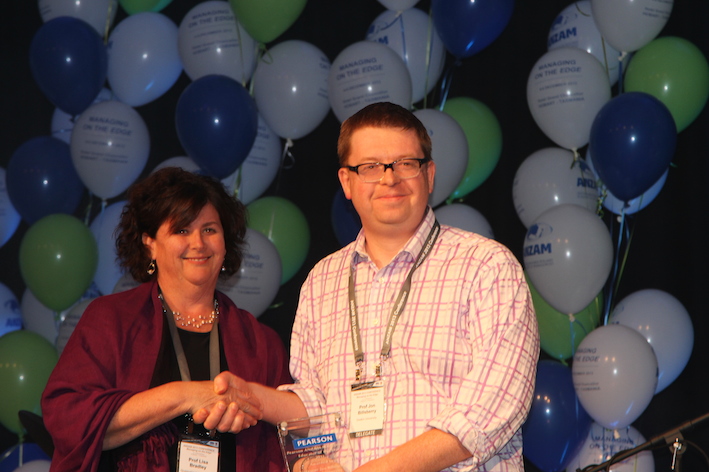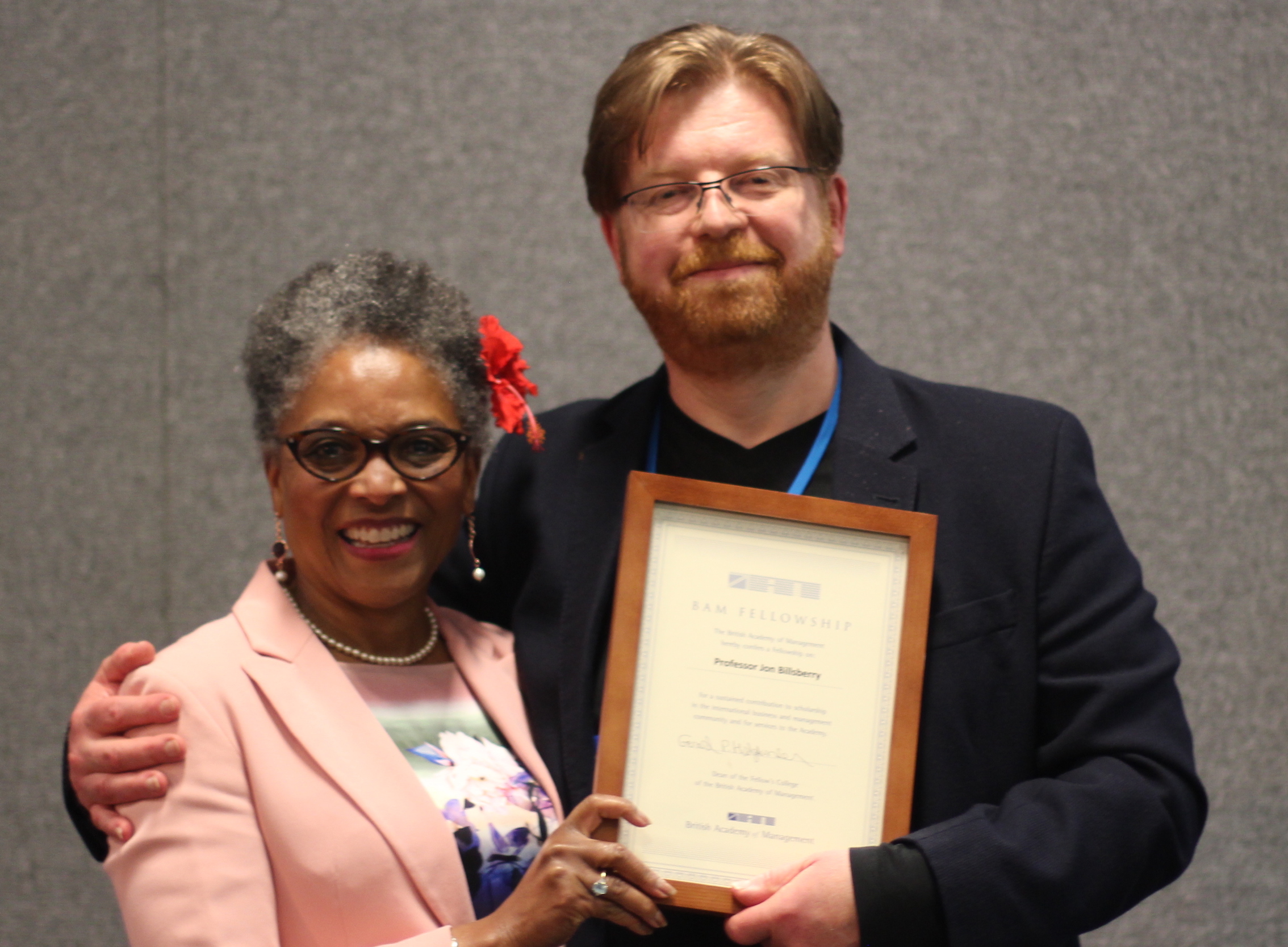Journal of Organizational Behavior: Systematic Review of Temporal Person-Environment Fit
Our new paper reviewing research work on temporal aspects of person-environment fit has been published in the Journal of Organizational Behavior. And as we have published it with a gold open access copyright licence, I can make the PDF available here. PDF
Vleugels, W., Verbruggen, M., De Cooman, R., & Billsberry, J. (in press). A systematic review of temporal person–environment fit research: Trends, developments, obstacles, and opportunities for future research. Journal of Organizational Behavior. https://doi.org/10.1002/job.2607
Abstract: In this systematic review, we present a comprehensive overview of the temporal person environment (PE) fit literature. To this end, we organize and integrate extant temporal fit research and discuss research trends and developments in the temporal domain. Our analysis reveals that temporal conceptualizations of fit vary in terms of change process (transitional, developmental, transformational), level of aggregation (situational vs. baseline level), and temporal frame (clock time vs. psychological time), all of which divide the temporal fit literature in significant ways. Furthermore, our analysis shows that progress in the temporal fit domain has been confined by five major obstacles: An emphasis on selection and socialization processes, a narrow focus on the between-person level of analysis, preoccupation with linear change, a strong interest in normal causation questions, and a lack of attention to misfit. We conclude with a discussion of the research challenges that lie ahead and provide suggestions to tackle these challenges and expand temporal PE fit research in new directions.





